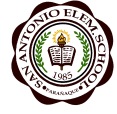GRADE THREE LAC SESSION – DIGITAL ELLN MODULE 3 LESSON 2
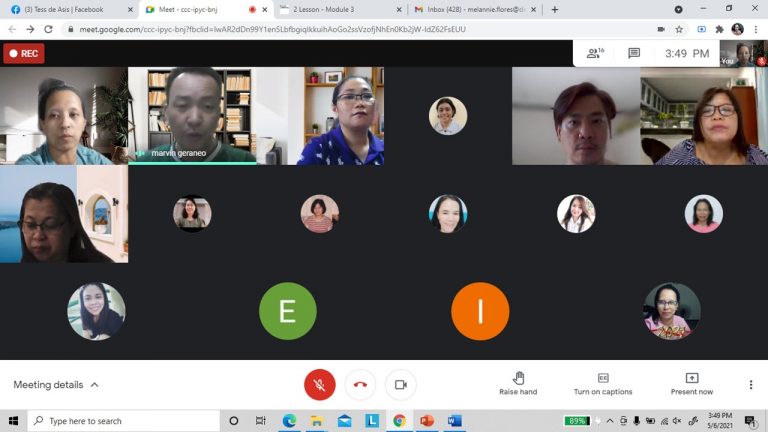


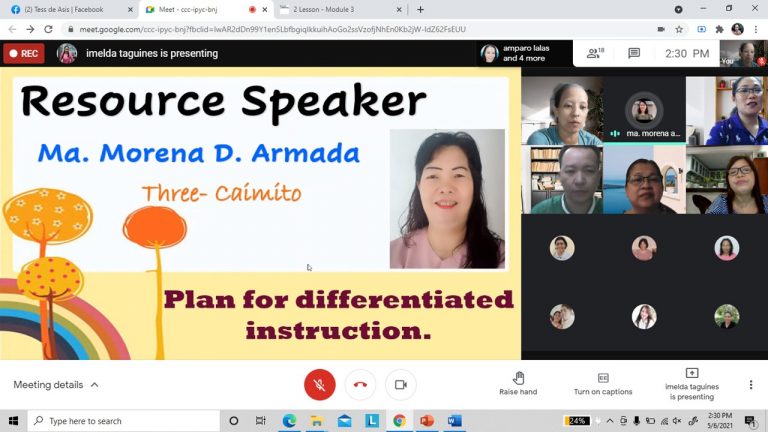
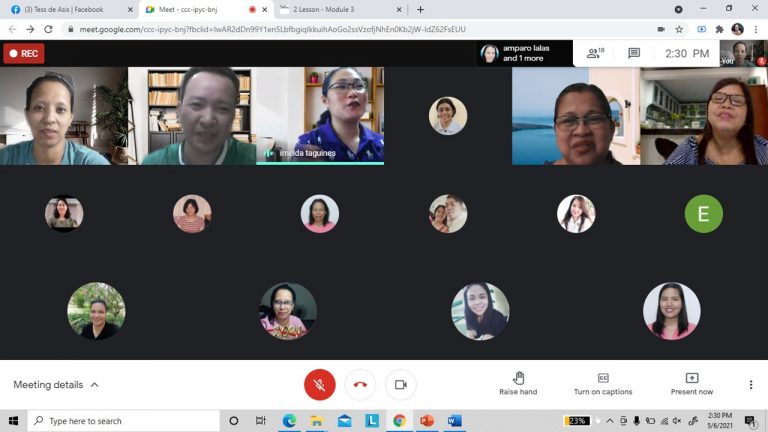
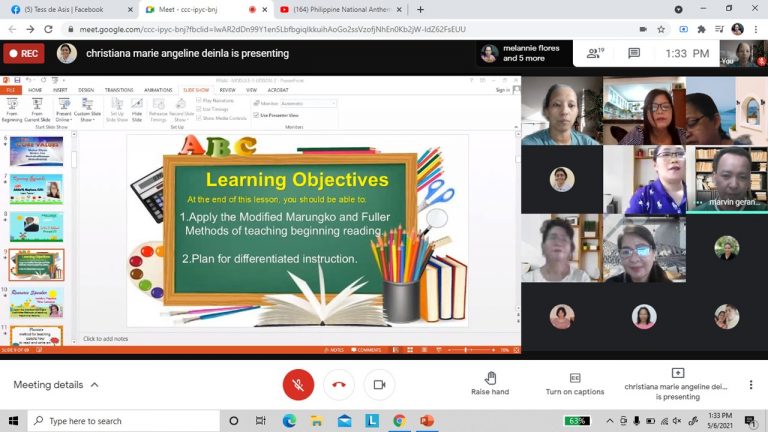
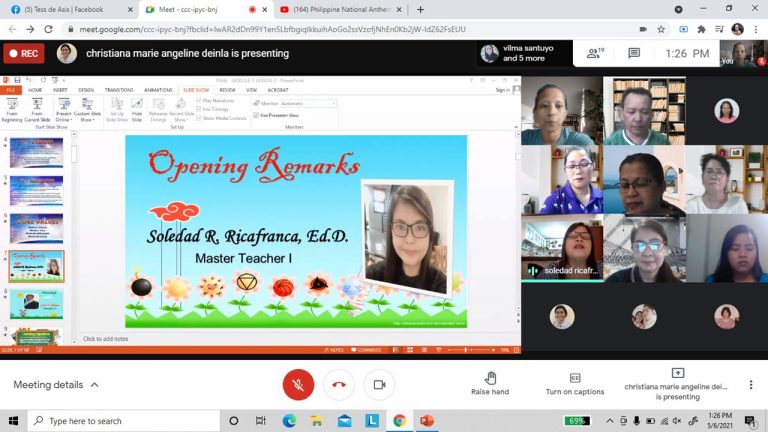
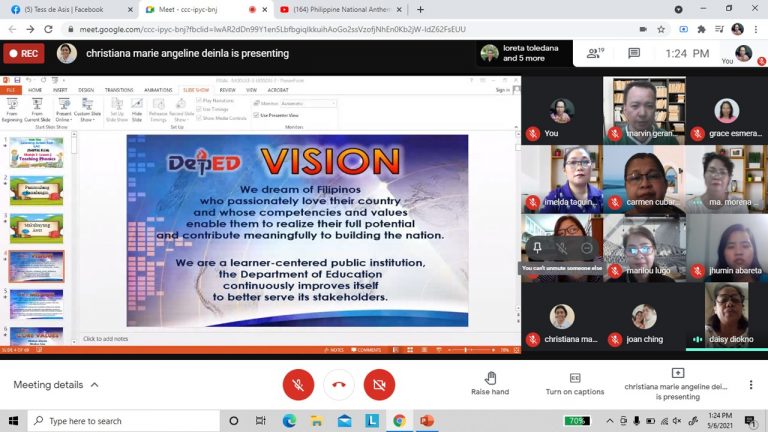
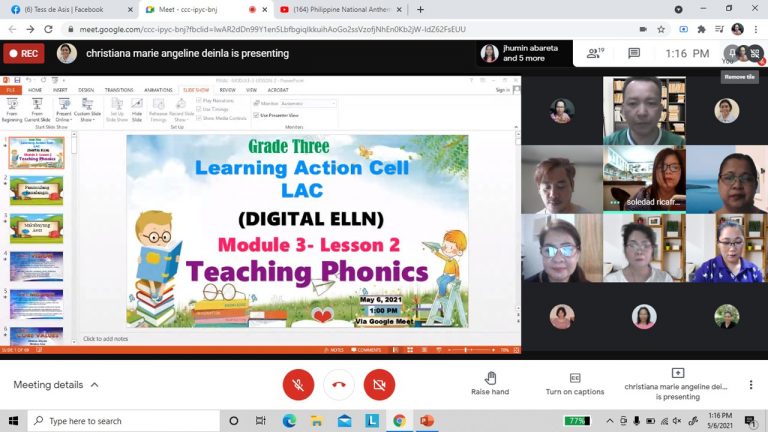
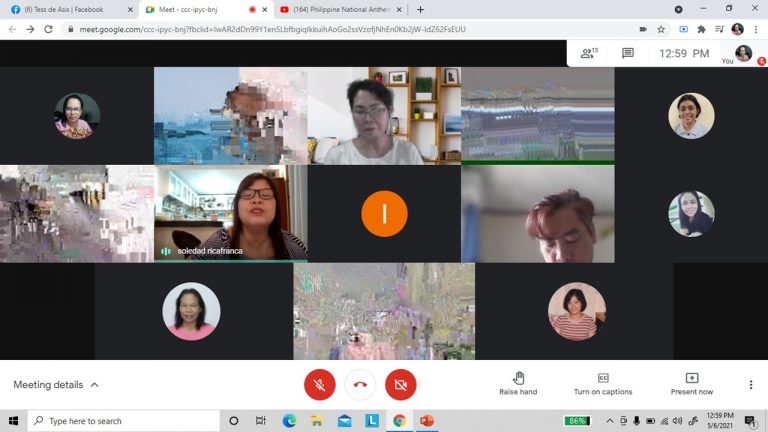
The LAC Session started with the singing of the National anthem and was followed with an opening prayer at which taken cared of by Ma’am Angel Deinla and Ma’am Imelda Taguines. The recitation of the Vision, Mission and Core values of the Department of Education was led by Ma’am Marilou Lugo.
Ma’am Soledad R. Ricafranca, one of the grade three master teachers gave her Welcome Remarks which was followed with a message by our grade level chairman, Ma’am Jhumin Abareta. Both gave an overview of the DAP ELLN program and enjoined everyone that together we work for the benefit of our learners and achieve the goals and objectives of the said program.
Module 3, Lesson 2 was about Teaching Phonics. The first LAC facilitator was Mrs. Imelda L. Taguines who discussed the two methods which are effective teaching methods in teaching reading. She started her talk with the definition of Phonics. Then, she presented the learning objectives: apply the Modified Marungko and Fuller Method of teaching beginning reading and plan for differentiated instruction. The Pre-Lesson Activity was presented which was a reflection on teachers’ attitude toward the different strategies and approaches used to teach reading in K-3 classes. She first discussed the important things when teaching children how to read. It is easier for children to read and write a language that they already speak, that is why teaching using the mother tongue is a great start. A systematic and direct phonics instruction is needed. Children enjoy varied fun-filled activities. The Modified Marungko Method is one of the strategies that can be used to teach beginning reading in local languages where 28 letters of the Filipino alphabet in the following sequence : m,s,a,I,o,b,e,u,t,k,l,y,n,g,ng,p,r,d,h,w,c,f,j,ñ,q,v,x,z are used. Each letter of the alphabet is taught to the point of mastery before another sound is introduced. Mastery means that learners can give the letter sound and name, match the uppercase and lowercase , and write the letter. There are four stages in using the Marungko method: Alphabet Knowledge; Phonics and Word Recognition; Sight Word Reading and Fluency and Reading Comprehension. Alphabet knowledge is the ability to recognize, name, sound out and write all the uppercase and lowercase letters of the alphabet. Video presentations on how to introduce letter Pp and how the letters of the alphabet are sounded out correctly. After the video presentations, Activity No. 1 was answered then checked. Phonics recognition skills are used by readers to help them to pronounce printed words. They are sometimes called decoding skills, word analysis skills, word attack skills or word identification skills. In the Modified Marungko Method, the first three sounds in the letter sequence are immediately combined to form words after the mastery of each letter has been made just like words formed from letter m,s, and a like ama, sama, masa, asa,aasa, sasama. Activity 2 was presented to the group where everyone was challenged to form words that contain at least one of the last three letters (b,e,u)using the first 8 letters in the Filipino alphabet series used in the Marungko Method. Sight words are commonly used words that children must recognize as a whole by memory or sight. Repeated exposure through pictures, configurations, games, and word walls can help the learners automatically read these words without having to use any decoding strategies. Fluency and reading comprehension will be achieved when students are given short sentences with repeated words, so they can easily express themselves easily and read with meaning. The Fuller Method is another technique used in teaching reading in the English Language. It is also a combination of alphabet, phonics, and whole word methods, but blending of sounds is only done after the mastery of all consonant letters. Consonant letters are taught first due to the following reasons mentioned by Durkin. Consonants are more consistent in sound, About 85% of words begin with consonants ;They provide more visual cues to words, and Consonant placement can influence vowel sounds. The Fuller method uses a particular letter sequence : m,s,l,f,t,h,c,r,n.,b,g,p,d,j,w,v,z,y. Since the vowels in the English language have different sounds, they are introduced by word families. The following sequence is used in developing lessons using the Fuller Method: Mastery of the consonant letters.; Introduction of vowel sounds through word families. ; Introduction of sight words,; Reading and understanding phrases, sentences, short stories and other texts. Both the Marungko and Fuller Methods use the explicit instruction in teaching beginning reading where the five important parts are used : Introduction, Teaching and Modelling, Guided Practice, Independent Practice and Evaluation.
The second LAC facilitator was Mrs. Ma. Morena D. Armada. She started with an overview of her topic on differentiated instruction. Effective teachers are aware of the diversity of their learners inside the classroom, a single instructional approach will not be sufficient when teaching heterogeneous learners. Instruction that will cater only to a certain group of learners will not produce good results. Activity 3 was given to the group for teachers to help the students achieve standards in a dynamic classroom.
The closing remarks was given by Ma’am Soledad Ricafranca in behalf of Sir Ching who was attending a webinar.
Special thank to Ma’am Angel Deinla who took charge of presenting the slides for the LAC facilitators. Sir Marvin Geraneo, the moderator, congratulated everyone for the success of the activity. He ended it with a quote from Ken Robinson, “Teaching is a creative profession, not a delivery system. Great teachers do pass on information, but what great teachers also do is mentor, stimulate, provoke and engage.”
– Mrs. Carmen Cubarol & Mrs. Imelda Taguines – Grade 3 Teachers
